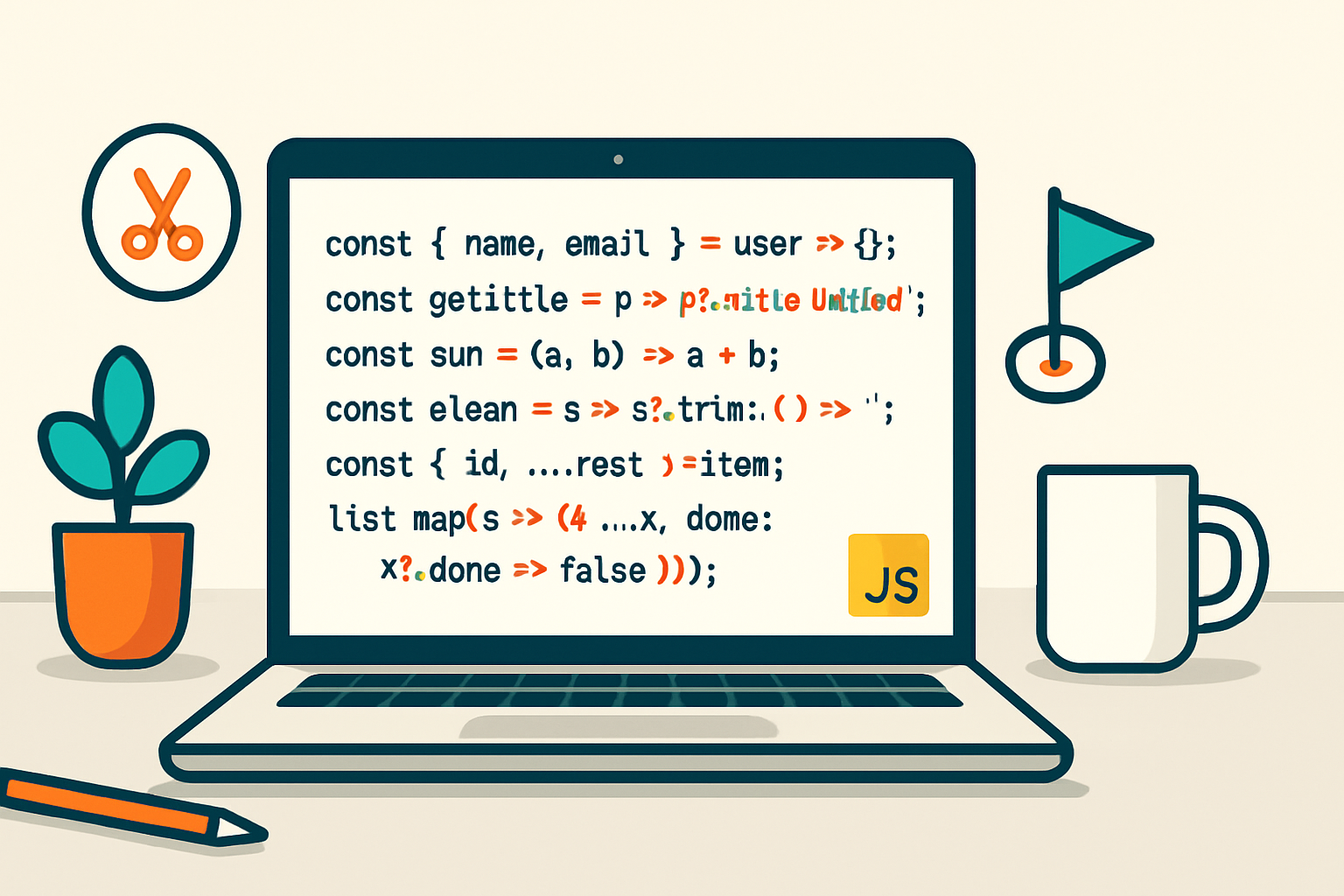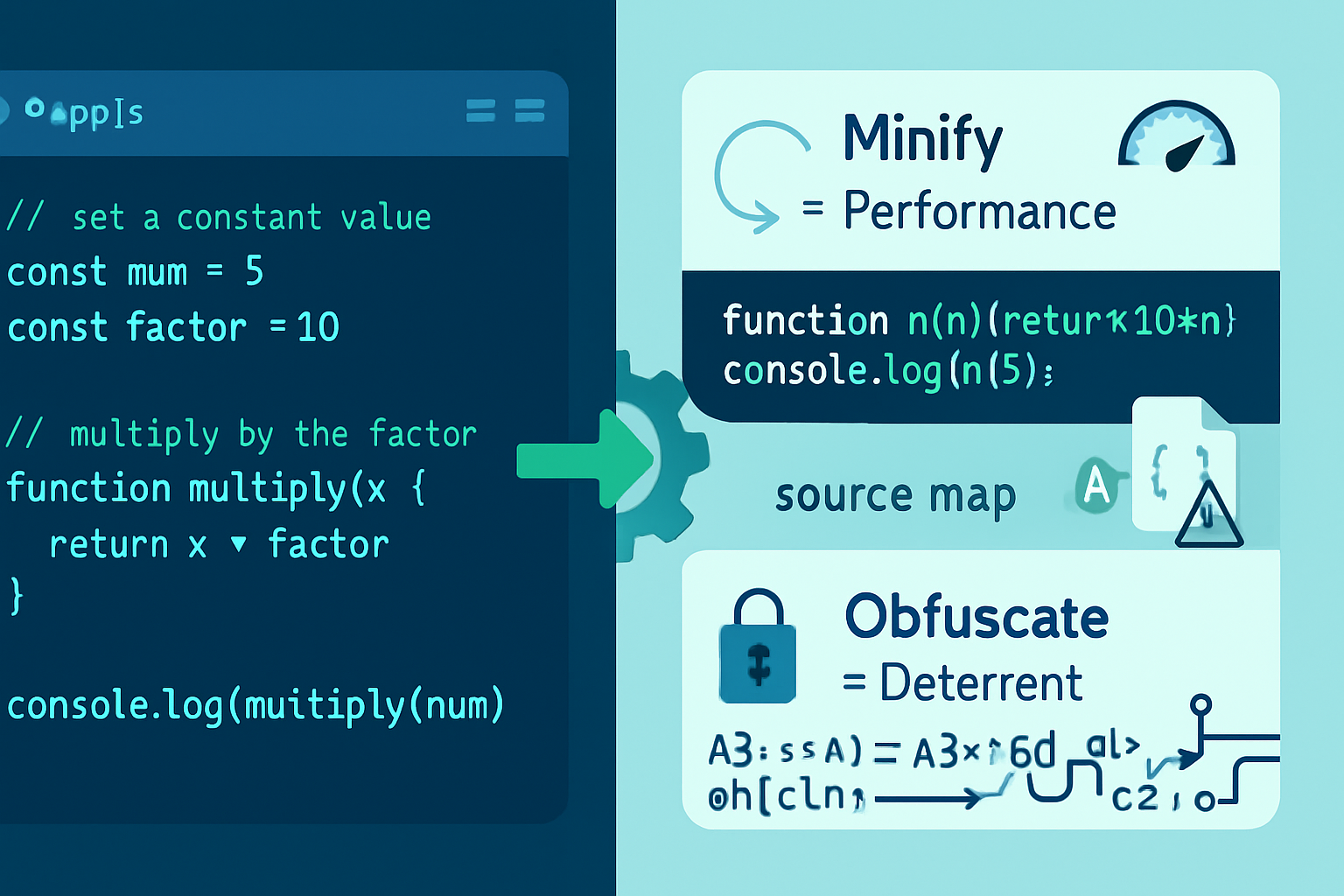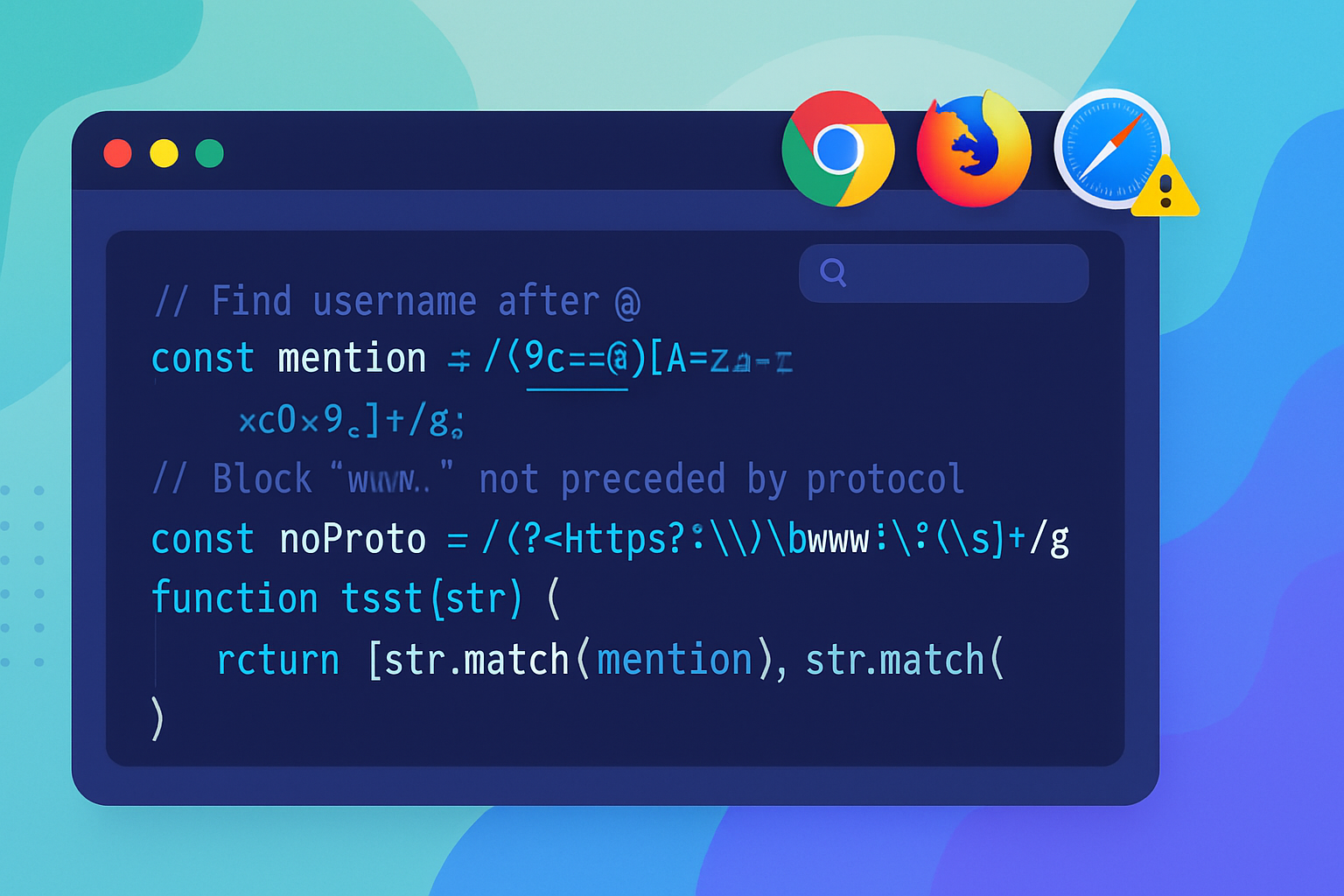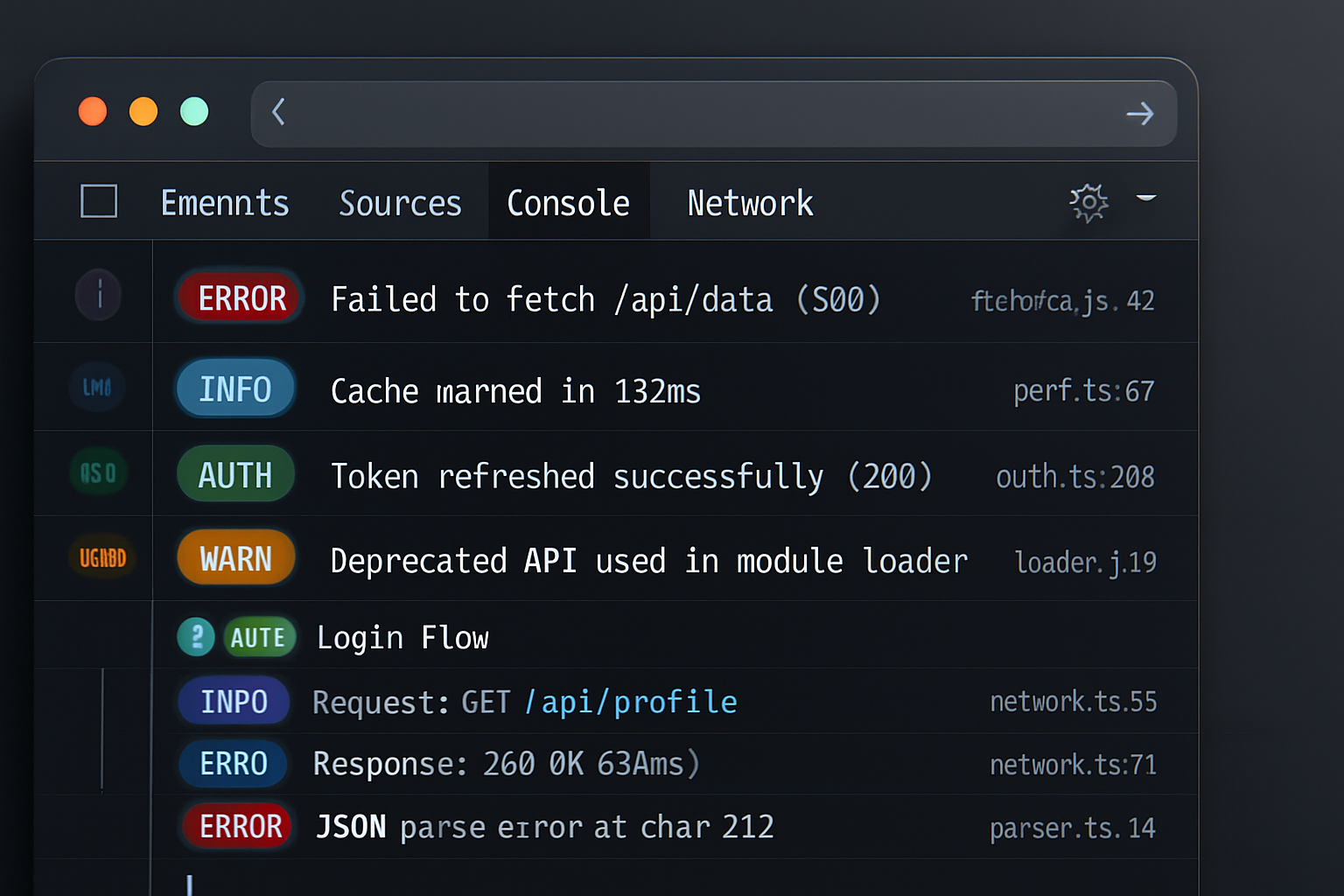· tips · 5 min read
Unlocking the Mystery of JavaScript Symbols: A Deep Dive
A thorough guide to JavaScript Symbols: what they are, how they work, real-world use cases to avoid name collisions, and using well-known symbols to extend objects safely while keeping implementation details hidden.
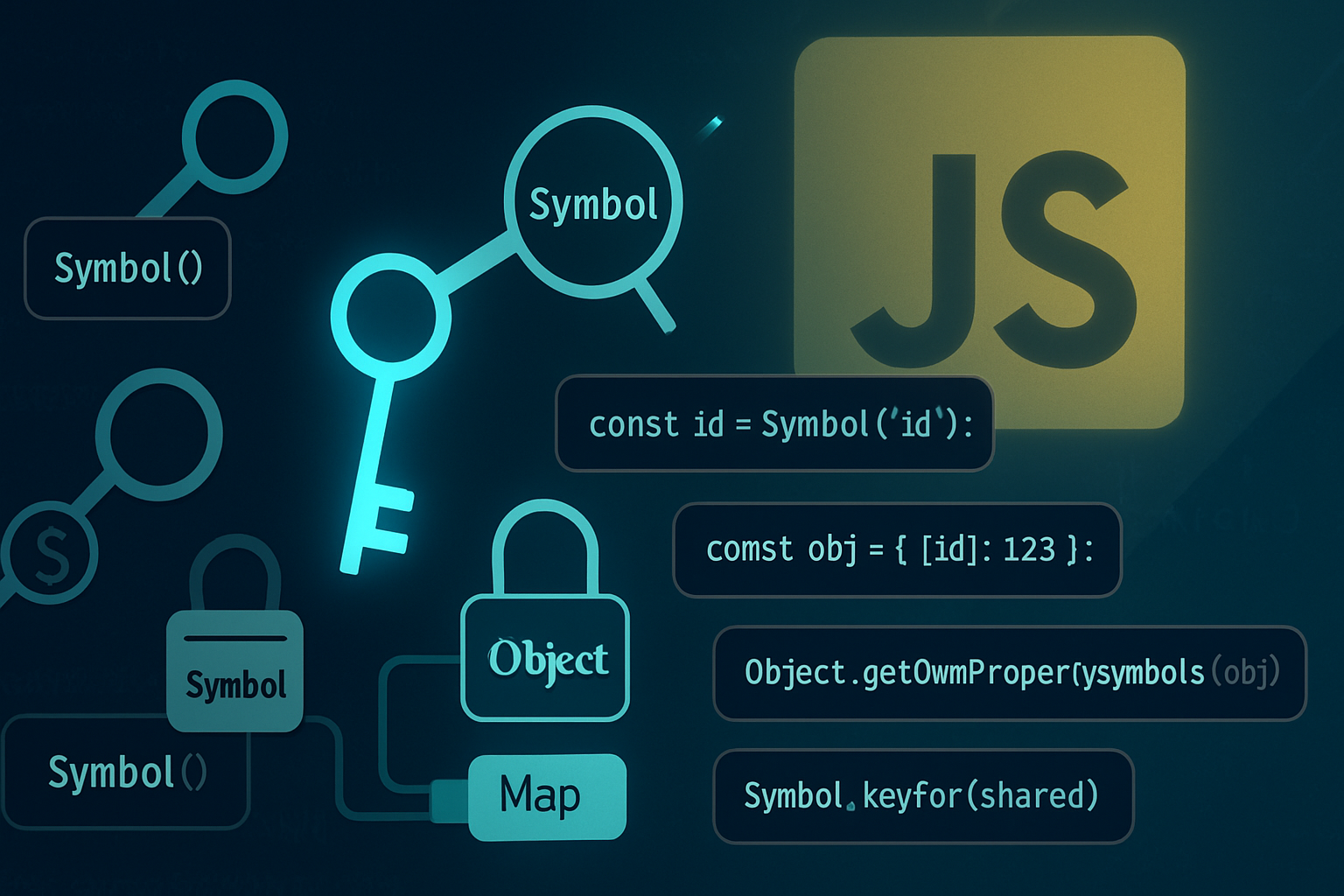
Why Symbols exist
In ES2015 (ES6) JavaScript introduced a new primitive type: Symbol. Symbols are unique and immutable identifiers. They were designed to solve a practical problem: using property keys that can’t accidentally collide with other keys in large apps or libraries.
Unlike strings, every freshly created Symbol is guaranteed unique even if two symbols share the same description. That property makes them ideal for creating hidden or non-conflicting keys.
References:
- MDN: https://developer.mozilla.org/en-US/docs/Web/JavaScript/Reference/Global_Objects/Symbol
- ECMAScript spec (overview): https://tc39.es/ecma262/#sec-symbol-objects
Creating and inspecting Symbols
Basic creation:
const s1 = Symbol();
const s2 = Symbol('id'); // description for debugging
console.log(s1 === s2); // false
console.log(String(s2)); // "Symbol(id)"Notes:
- The optional description is only for debugging and logs - it does not affect identity.
- Symbols are not implicitly converted to strings. Trying
"foo" + s2throws a TypeError.
Global registry:
const g1 = Symbol.for('app.state');
const g2 = Symbol.for('app.state');
console.log(g1 === g2); // true
console.log(Symbol.keyFor(g1)); // "app.state"Symbol.for looks up or creates a symbol in a global registry accessible across a runtime (not across isolated JS realms). Symbol.keyFor returns the key for registry symbols.
Symbols as object keys
Symbols can be used as object property keys - they produce non-string keys that are not accessible via normal string property access unless you have the symbol reference.
const SECRET = Symbol('secret');
const obj = { [SECRET]: 42, name: 'Alice' };
console.log(obj[SECRET]); // 42
console.log(obj.secret); // undefinedImportant behavior:
- Symbol-keyed properties are omitted from
for...inandObject.keys(). - They are returned by
Object.getOwnPropertySymbols(obj)andReflect.ownKeys(obj). JSON.stringify(obj)ignores symbol-keyed properties.
Preventing name collisions - the classic use case
Imagine a library needs to attach internal state to objects supplied by consumers. If you use plain string keys, you risk colliding with consumer properties or other libraries. Symbols reduce that risk.
Library example (collision-prone):
// Bad: may overwrite or conflict
obj.__internal = { counter: 0 };Safer with a symbol (module-scoped):
// In library module
const INTERNAL = Symbol('myLib.internal');
function attach(obj) {
if (!obj[INTERNAL]) obj[INTERNAL] = { counter: 0 };
return obj[INTERNAL];
}Because the symbol INTERNAL is created inside the library module and not exposed, it is extremely unlikely a consumer will have the same symbol. That prevents accidental collisions.
If you need a symbol consumers can reference (to intentionally interact with your API), use Symbol.for and document the key.
Symbols are not private - the limits
Symbols can hide properties from casual property enumeration, but they are not true privacy. Anyone who receives an object can discover symbol keys with Object.getOwnPropertySymbols() or Reflect.ownKeys().
const PRIVATE = Symbol('private');
const o = { [PRIVATE]: 99 };
console.log(Object.keys(o)); // []
console.log(Object.getOwnPropertySymbols(o)); // [ Symbol(private) ]If you require real privacy per instance, use closures or WeakMaps:
const secret = new WeakMap();
function createUser(name, secretValue) {
const data = { name };
secret.set(data, secretValue);
return data;
}
// Only code holding `secret` WeakMap can read the secret value.WeakMaps are the safest approach for hidden per-object data, because they can’t be enumerated.
Well‑known symbols: extending behavior safely
JavaScript defines several built-in (well-known) symbols that influence language-level behaviors. These let you provide custom behavior for core operations without colliding with other properties.
Common well-known symbols:
- Symbol.iterator - make objects iterable
- Symbol.toPrimitive - customize primitive conversion
- Symbol.toStringTag - change the default tag used by Object.prototype.toString
- Symbol.hasInstance - change behavior of instanceof
- Symbol.asyncIterator - asynchronous iteration
MDN page listing them: https://developer.mozilla.org/en-US/docs/Web/JavaScript/Reference/Global_Objects/Symbol#well-known_symbols
Examples:
- Implementing an iterable
const range = {
from: 1,
to: 3,
[Symbol.iterator]() {
let current = this.from;
const last = this.to;
return {
next() {
if (current <= last) return { value: current++, done: false };
return { value: undefined, done: true };
},
};
},
};
for (const n of range) console.log(n); // 1, 2, 3- Custom toStringTag and primitive conversion
class Money {
constructor(amount) {
this.amount = amount;
}
[Symbol.toPrimitive](hint) {
if (hint === 'number') return this.amount;
return `$${this.amount}`;
}
get [Symbol.toStringTag]() {
return 'Money';
}
}
const m = new Money(5);
console.log(+m + 10); // 15 (number coercion)
console.log(String(m)); // "$5"
console.log(Object.prototype.toString.call(m)); // "[object Money]"These hooks let libraries implement sophisticated integration points without adding fragile string-named keys that could collide.
Practical patterns and real-world usage
- Library internal slots: use module-scoped symbols to attach internal metadata without exposing it directly.
- Plugin APIs: use Symbol.for to define shared keys that plugins and host can access.
- Mixins: add mixin-specific symbols so different mixins avoid clobbering each other.
- Feature flags on objects: attach feature-implementation metadata with symbols to keep it out of public object shape.
Example: plugin-safe API
// Core system
const PLUGIN_REGISTRY = Symbol.for('myApp.pluginRegistry');
globalThis[PLUGIN_REGISTRY] = globalThis[PLUGIN_REGISTRY] || new Map();
// Plugin A
const reg = globalThis[PLUGIN_REGISTRY];
reg.set('pluginA', { init: () => /* ... */ });
// Plugin B (can read the same global registry)Choosing between Symbol() and Symbol.for() depends on whether you want a symbol local to a module or a shared symbol discoverable via a well-known key.
Debugging and developer ergonomics
- Console will usually print symbols as
Symbol(desc)making them easier to spot. - Use
Object.getOwnPropertySymbols()to inspect symbol keys. Reflect.ownKeys(obj)returns both string and symbol keys, which is useful when you need a full picture.
const keys = Reflect.ownKeys(obj);
for (const k of keys) {
console.log(k, typeof k, String(k));
}Caveat: some tooling or libraries might not expect symbol keys. Most modern JS engines and bundlers handle them fine, but be mindful when interfacing with older code or JSON-based transport (symbols don’t serialize).
Best practices
- Use module-scoped
Symbol()for internal-only keys (prevent accidental collisions). - Use
Symbol.for()only for documented, intentionally shared symbols between modules or plugins. - Don’t rely on symbols for true secrecy - use WeakMap for private per-object data.
- Use well-known symbols to hook into language behavior (iterable, toPrimitive, etc.) instead of custom string-named APIs.
- Document any exported symbol keys so consumers and plugins know how to interact.
Quick reference - behavior checklist
- Unique identity: Symbol() !== Symbol()
- Optional description: only for debugging
- Not enumerable by default methods; discoverable via
Object.getOwnPropertySymbols() - Ignored by
JSON.stringify() - Can be used to implement language hooks (well-known symbols)
Summary
Symbols are a concise, powerful primitive for solving name collision problems and for adding non-enumerable, non-string keys to objects. They are especially helpful for library authors who need to attach internal metadata or implement language-level hooks without interfering with user data. Remember that symbols are not a replacement for true privacy - for that use WeakMaps or private class fields - but they’re an excellent tool for safer, conflict-free APIs.
References
